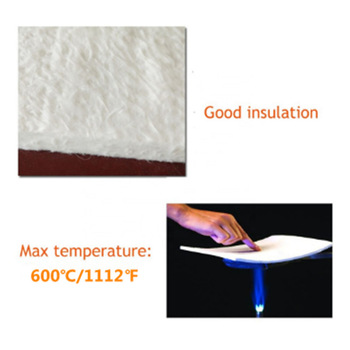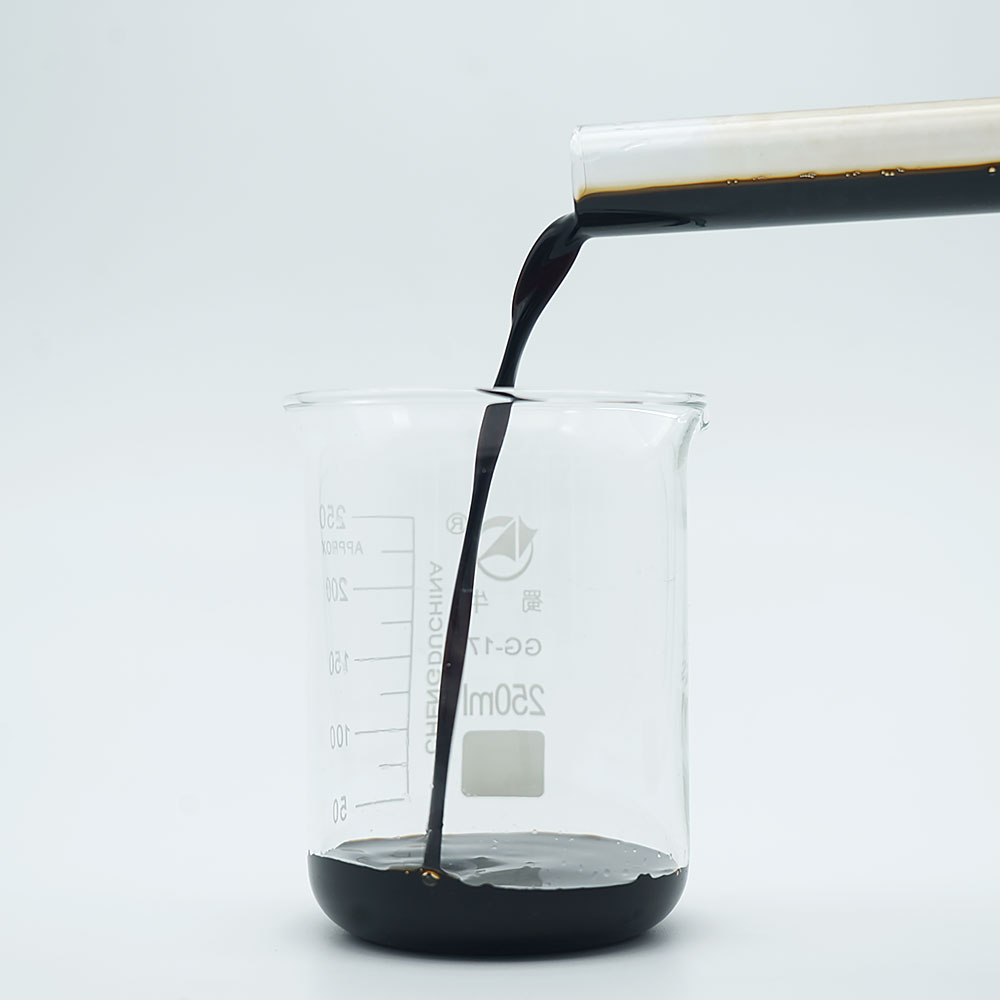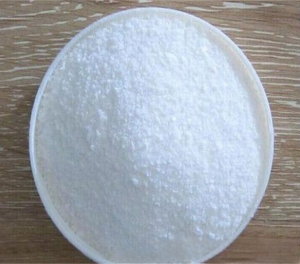Professional solutions on concrete addtives, Concrete Foaming Agent, Superplasticizer, CLC Blocks Additives, and foaming machine
(What is polycarboxylate ether PCE powder?)
Chemical admixtures are in high demand in concrete technology to improve their properties such as durability, fluidity, setting and mechanical properties. Among these chemical admixtures,superplasticizers are mainly used to improve fluidity at relatively low water-cement ratios (W/C). First-generation superplasticizers (SP) such as sulfonated naphthalene formaldehyde condensate (SNF) and sulfamic acid formaldehyde condensate (ASF) can disperse cement particles through an electrostatic repulsion mechanism. A new generation of SP is based on polycarboxylate ether comb copolymers with carboxyl groups and poly(ethylene oxide) (PEO) side chains. PCE copolymers can generate electrostatic repulsion and steric hindrance, therefore, they provide better performance than the older generation. The molecular weight and side chain length of PCE can be easily tailored to make it superior to other kinds of SP.
Free radical polymerization (FRP) is widely used to prepare PCE copolymers, but has less control over molecular weight and molecular weight distribution (even with chain transfer agents to control the polydispersity index D = Mw/Mn values are usually higher than 1.5 molar mass) , producing polymer chains with broad molar mass distributions and potential variations in chemical composition Monomers with different reactivity. Over the past two decades, the controlled radical polymerization technique has been developed as a general method that provides free radical synthesis of polymers with predetermined molecular weights and narrow molar mass dispersion. Reversible addition-fragmentation chain transfer (RAFT) polymerization is a controlled/living radical polymerization technique that is compatible with a wide variety of monomers. Only very few studies have used RAFT polymerization to prepare PCE superplasticizers, focusing on block copolymers ignoring their potential applications in PCE random copolymers.
To gain an accurate understanding of the effects of side chain length and charge properties on PCE adsorption behavior, we employed RAFT polymerization in this work to obtain well-defined copolymers with different side chains and functions, enabling a more systematic assessment of the structural parameters of PCE. Performance. This is the first study to report the use of well-defined copolymers (D < 1.3) to compare the effects of side chain length and charge type of PCE on the dispersibility of cement pastes. In this study, two copolymers containing COO – or SO 3 – as charge types (PCE and PSE, respectively) were synthesized to investigate the effect of specific functional negatively charged groups on the adsorption and rheological properties of cement pastes. influences. On the other hand, in the case of PCE copolymers, three different PEO side chain lengths were employed to study their effect on cement fluidity. Adsorption studies, zeta potential measurements, mobility and rheological properties are also explored in this work.
TRUNNANO is a concrete additives supplier with over 12 years experience in nano-building energy conservation and nanotechnology development. We accept payment via Credit Card, T/T, West Union and Paypal. Trunnano will ship the goods to customers overseas through FedEx, DHL, by air, or by sea.
If you are looking for high quality PCE powder, please feel free to contact us and send an inquiry.
sales@cabr-concrete.com
(What is polycarboxylate ether PCE powder?)








